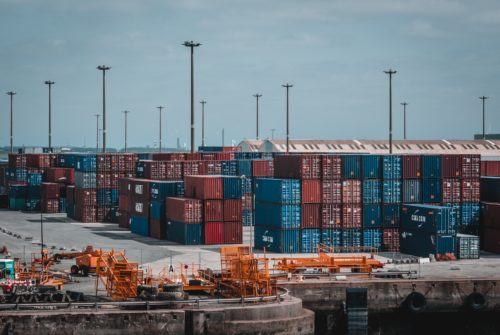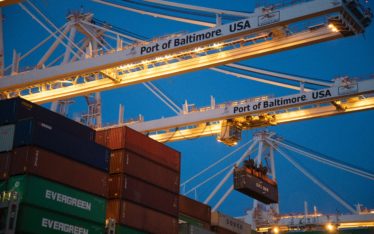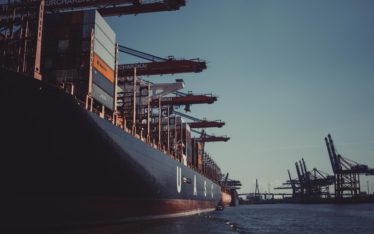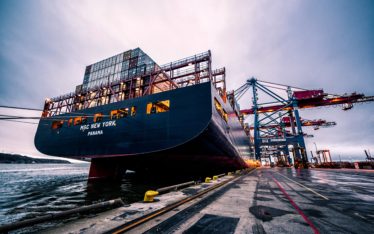Towards the digitization of flows
The explosion of international trade, which translates into the need for physical freight transport flows, clearly requires the digitization of information flows. A practice that accompanies physical transport, amplified by the practices of “zero stock” and “just in time”.
The more physical and digital flows are aligned, the more the added value of supply chains increases. To support physical flows, infrastructure investments must also be accompanied by heavy budgets devoted to IT systems.
Beirut Container Terminal
“An agreement has been reached with CMA CGM for the signing of a contract for the management, operation and maintenance of the container terminal at the port of Beirut” Lebanese Minister of Public Works and Transport Ali Hamié said on February 16 in Beirut.The French group announced, “an investment plan of 33 million dollars to ensure the rehabilitation and modernization of the terminal.”
Operations of the new concessionaire will begin in March for a period of 10 years. The target volume is 1.4 million TEUs. Lebanon launched the tender last November. If the company CMA Terminals, a subsidiary of the 3rd largest shipowner in the world, was selected, it is because it had proposed, still according to the minister, better financial and technical conditions than those of Gulftainer, the Emirati operator. Rodolphe Saadé, the Franco-Lebanese C of the CMA CGM group, said he wanted to transform this section of the port of Beirut into a “high-performance terminal that meets the best international standards”.
CMA CGM wins concession of Beirut container terminal – Port Technology International
A resumption of growth for the port of Reunion
The Grand Port Maritime de La Réunion Island ended 2021 with an activity exceeding 13% of the 2020 financial year. A year hit by the pandemic that has been closed on a volume of 5.34 million tons.
The container activity grew by 7% to 392,220 TEUs, up from 365,974 TEUs a year earlier. Between import and export, the overseas port once again benefited from a balanced volume and recorded 103,500 TEUs of boxes in transshipment. Solid bulk, with traffic approaching 1.2 million tons, increased by 3%. Except for sugar and gypsum, this tonnage was mainly driven by imports.
Port Réunion resumed its growth in 2021 (lantenne.com)
CMA CGM continues its vessel acquisitions
CMA CGM continues its purchases of container ships on the second-hand market, after the thirty or so vessels integrated into the fleet in 2021. The Maltese Anassa took the new name of CMA CGM Suez while remaining under the flag of Malta. It was built in 2006 by the Wenchong shipyard in Guangzhou. Also under the Maltese flag, the CMA CGM Mombasa is the former Liberian Coronado Bay of the Eastern Pacific shipping group, of which CMA CGM charters many new vessels. Like its sistership the Glacier Bay, whose purchase by CMA CGM was also announced, it was built in 2008 by the Xiamen shipyard.
CMA CGM continues its acquisitions of vessels (ouest-france.fr)
The Port of Rotterdam processed 15.3 million TEU in 2021, its highest yearly total on record.
The 15.3 million TEU throughput is an increase of 6.6 per cent compared with 2020. Throughput in terms of the number of containers has never been higher in Rotterdam. Revenues rose by 2.6 per cent to €772.7 million, while operating expenses fell by 5.5 per cent to €260.5 million. The operating result before interest, depreciation, and taxes was 7.3 per cent higher than 2020 levels at €512.2 million.
Rotterdam received 10 per cent fewer visits by large container vessels. However, they unloaded an average of 20 per cent more containers on each occasion, increasing the pressure on the terminals.
Port of Rotterdam achieves highest ever container throughput – Port Technology International










